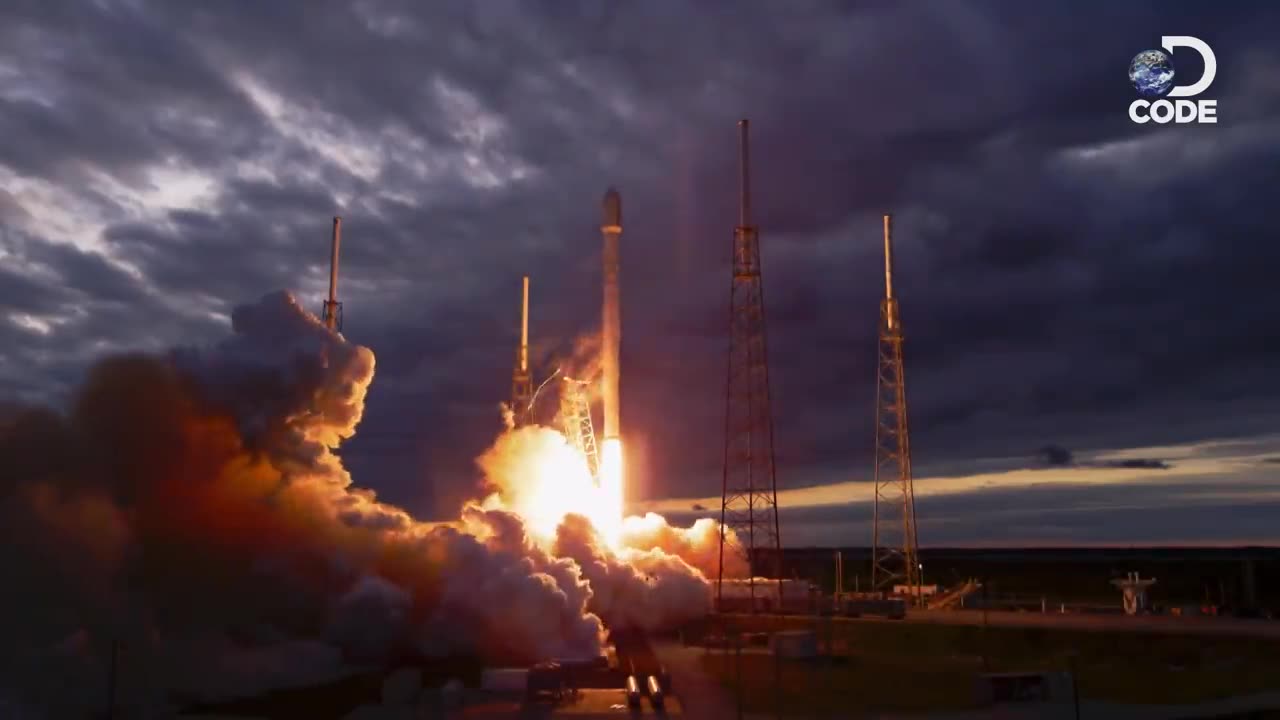Premium Only Content

NASA_s New Horizons Mission to Pluto
NASA's New Horizons mission to Pluto was a historic space exploration mission launched on January 19, 2006. Its primary objective was to study Pluto, its moon Charon, and other Kuiper Belt objects in the outer regions of our solar system. Here are some key highlights of the mission:
1. Pluto Flyby: The spacecraft conducted a close flyby of Pluto and its moon Charon on July 14, 2015, providing the first-ever detailed images and data of these distant celestial bodies.
2. Kuiper Belt Object Encounter: After the Pluto flyby, New Horizons continued its journey into the Kuiper Belt and conducted a flyby of a small Kuiper Belt object named "Ultima Thule" (officially designated 486958 Arrokoth) on January 1, 2019. This encounter provided valuable insights into the formation of the solar system.
3. Scientific Discoveries: The mission yielded a wealth of scientific data, revealing Pluto's diverse terrain, ice mountains, and a thin atmosphere. It also helped scientists understand more about the geology, composition, and history of Pluto and its moons.
4. Continued Observations: Even after the Pluto and Ultima Thule flybys, New Horizons continued to observe other Kuiper Belt objects and transmit valuable data back to Earth.
Overall, the New Horizons mission expanded our understanding of the outer solar system and provided unprecedented insights into the distant worlds of Pluto and the Kuiper Belt.
-
 LIVE
LIVE
TimcastIRL
2 hours agoDemocrats SHUT DOWN Congress Blocking Censure Of Al Green, OBSTRUCT House w/Joe Redden | Timcast IRL
11,240 watching -
 1:03:27
1:03:27
Glenn Greenwald
6 hours agoUK Pressures Apple to Break Encryption in Major Privacy Clash; How Dems Can Win Back the Working Class: With Former Bernie Sanders Campaign Manager Faiz Shakir | SYSTEM UPDATE #419
37.8K43 -
 47:39
47:39
Michael Franzese
4 hours agoJewelry King Trax NYC EXPOSES How the Powerful Steal from You
45.3K10 -
 LIVE
LIVE
Slightly Offensive
4 hours ago $2.86 earnedCandace REDPILLS the Masses in BOMBSHELL Theo Von Interview | Guest: Shane Cashman
1,372 watching -
 UPCOMING
UPCOMING
DLDAfterDark
28 minutes agoDLD Live! That Sh... Will Get You K***ed! What To Consider in SHTF
-
 LIVE
LIVE
megimu32
3 hours agoON THE SUBJECT: IRL Streamers Attacked & Nostalgic Animal Movies That Made Us Cry
452 watching -
 1:00:54
1:00:54
The Tom Renz Show
7 hours agoMore Epstein/FBI, a Scary Trade War, & the Dem Echo Chamber
7.49K1 -
 40:43
40:43
Kimberly Guilfoyle
8 hours agoDems Double Down on Delusion-Why? Live with Tony Kinnett & Bo French | Ep.202
77.8K35 -
 1:28:42
1:28:42
Redacted News
6 hours agoBREAKING! SOMETHING BIG IS HAPPENING IN EUROPE ALL OUT WAR IS COMING AGAINST RUSSIA, TRUMP FURIOUS
121K287 -
 47:50
47:50
Candace Show Podcast
6 hours agoBREAKING: Judge Makes Statement Regarding Taylor Swift's Text Messages. | Candace Ep 155
113K118